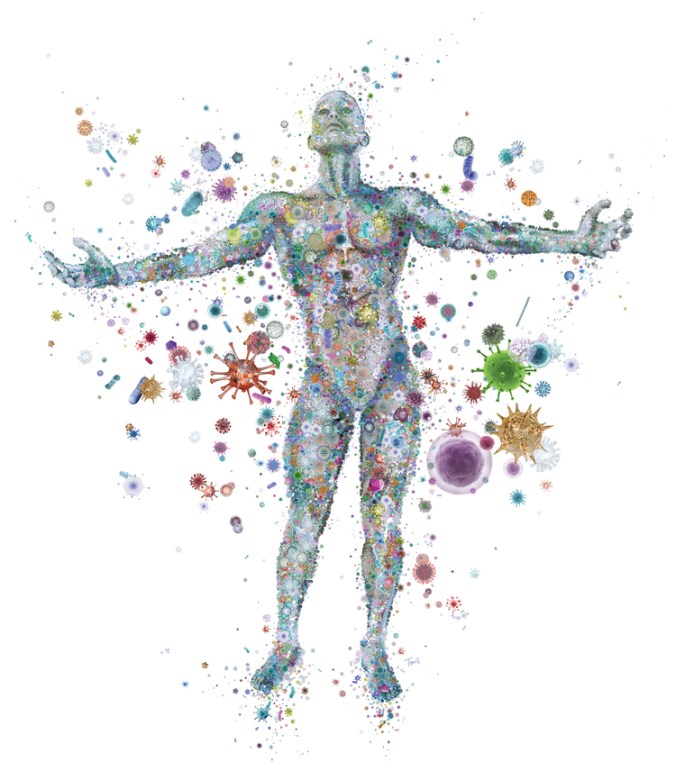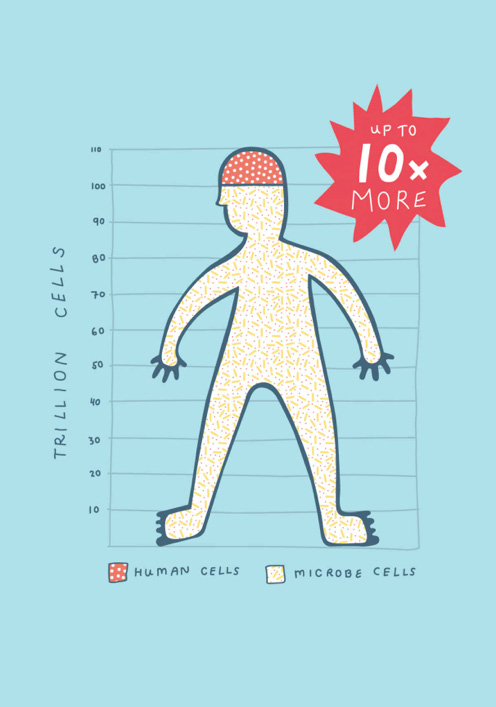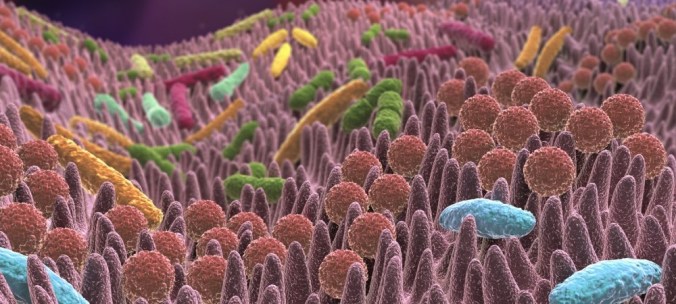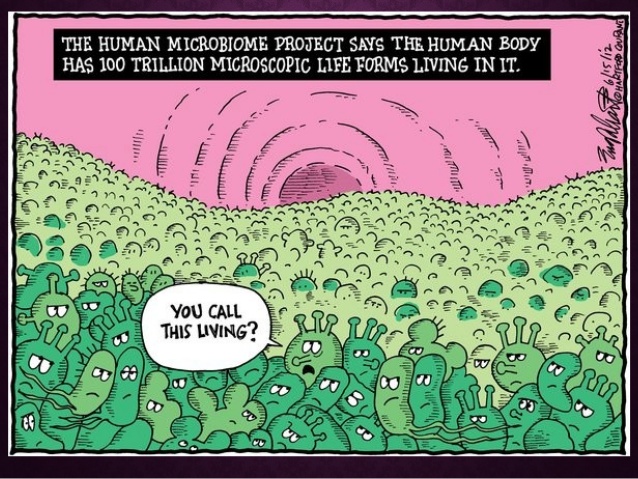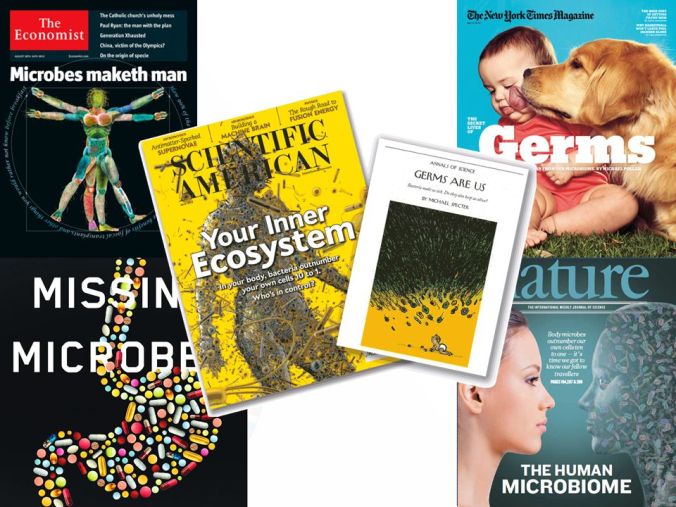“An honest man, armed with all the knowledge available to us now, could only state that in some sense, the origin of life appears at the moment to be almost a miracle. “
Dr. Francis Crick ~ Nobel prize-winning co-discoverer of the DNA double helix.
Happy New Year! I sincerely hope 2023 will be filled with hope, health, abundance and joy for you.
I haven’t written in almost a year, I spent most of the last twelve months in crisis management mode, one of the toughest of my life in many ways. Thankfully, among the relentless traumatic personal challenges there were a few uplifting moments. I had to dig deep. My energy tanks were laid to waste.
I have a painted wooden plaque on my office wall that reads: Every day may not be good, but there’s good in every day. I find it’s just as relevant for weeks, months and years!
But like negotiating any deep valley that feels interminably arduous; seemingly beyond your physical, emotional and mental capabilities and endurance, if you keep putting one foot in front of the other, keep climbing, no matter how slowly, you will eventually clear the valley and reach a low level peak.

When you reach more and more accessible peaks, they eventually lead to a sky-touching peak. Your personal Everest. It’s what you do when you find yourself in a valley that determines how high the next peaks could be.
I like to think I’m entering what Dr. Benjamin Hardy terms a ‘post-traumatic growth’ state.
I thought I would kick-start my blog this year with a profound subject that has implications for all of us: the origin and meaning of life.
I hear you, am I really going there?!
I suspect ‘evolution’ will prove to be a thorny issue, but that’s no reason to shy away from it. This subject is a multi-disciplinary minefield; encompassing anthropology, archaeology, cosmology, evolutionary biology, philosophy, psychology, theology and quantum mechanics.
I suspect it will engender more questions than it answers, but asking the right questions and opening minds to a bigger discussion is a good starting point.
I never believed the literal story of Adam and Eve in the Garden of Eden. To me, its power is allegorical. And it really annoyed me that Eve got the blame for Man’s fall from Grace!
However, Darwin’s theory of evolution never sat right with me either. What did I know, a mere slip of a girl being taught science… I must admit though, many of the boys in our school displayed definite ape-like qualities…
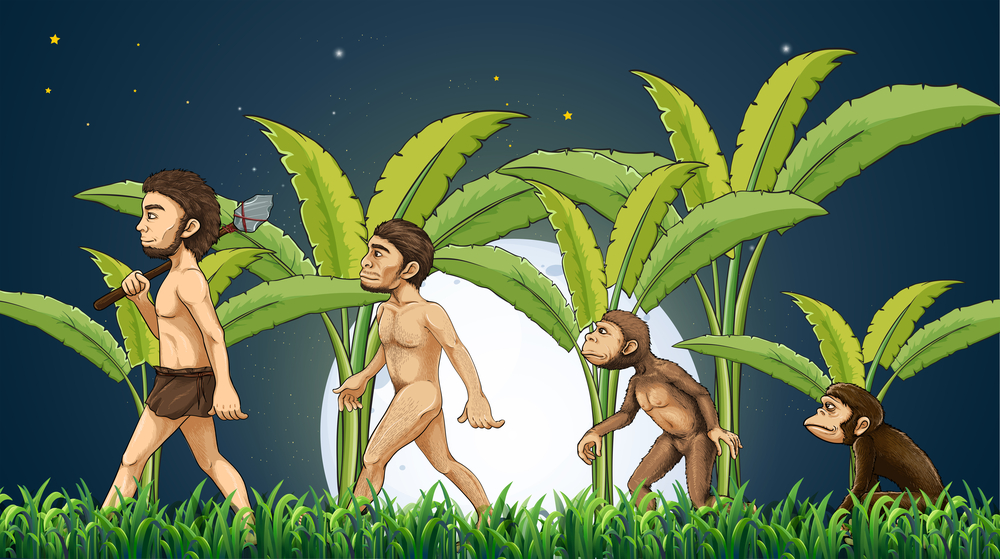
It just seems so random (if you’ll excuse the pun) that human beings and indeed – all of life– is the result of a chance event that happened millennia ago, as conventional science suggests. Dr. Francis Crick surmised that the eloquence of life’s building blocks has to be the result of something more than a lucky quirk of nature.
Not believing in either explanation left a gaping hole in my mind as to the origins of Homo sapiens, aka Anatomical Modern Humans (AMHs). Scientists broadly agree that we originated around 200-300 thousand years ago. Cro-Magnon Man was the previous term. There are no discernible genetic differences between AMH’s and humans alive today.
After reading on the subject I’ve come to a personal subjective conclusion that Creation and Evolution are likely one and the same thing. All of nature, (including us), is unfolding in a myriad of glorious mysterious ways.
Homo sapiens are the only species who can consciously evolve. We can regulate our biology and have awareness (to varying degrees) of our emotional states and intuition. This knowledge alone empowers us to make positive changes and healthy progress in our lives. But, as I can attest, knowing and doing are two different things.
We can choose how to react in a given moment, and have the capacity to access deep states of intuition; something animals do instinctively through external environmental triggers.
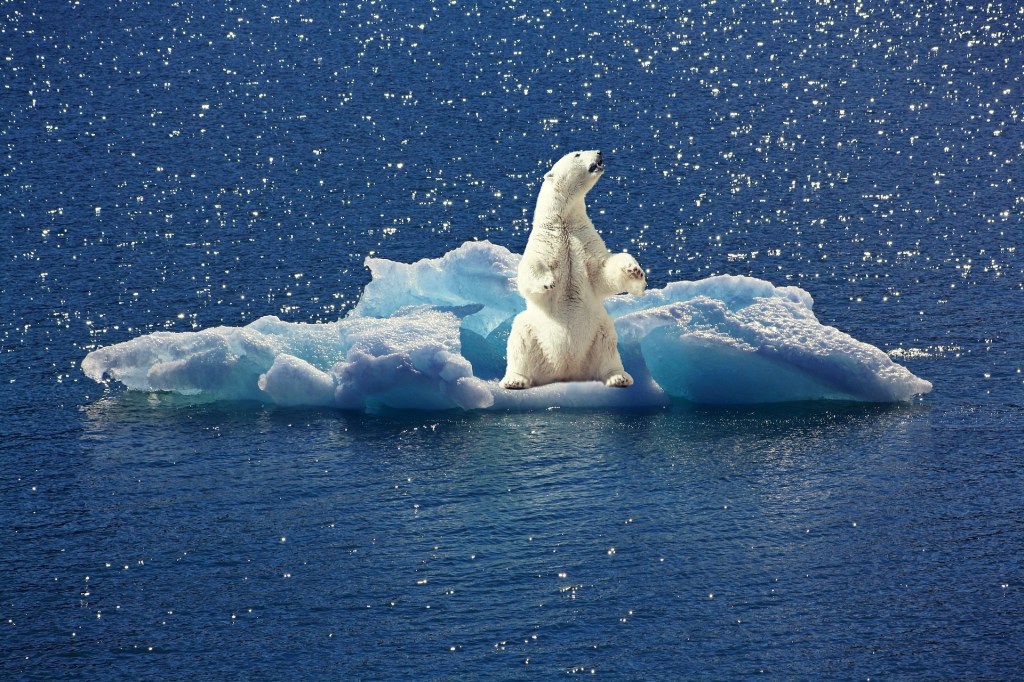
We already have some of the answers needed to solve many global issues, but short-term selfish interests and lack of international co-operation have so far impeded the rapid progress needed.
The world is changing faster than we have been culturally conditioned to accept – in just one generation – and the challenges are set to exponentially increase if we don’t get a handle on the damage we are doing to the environment. No one alive has witnessed the cyclic convergence of climate, economy, conflict, geopolitics and health to the extent that we are currently experiencing. No one can dispute that we are living in a time of extremes.
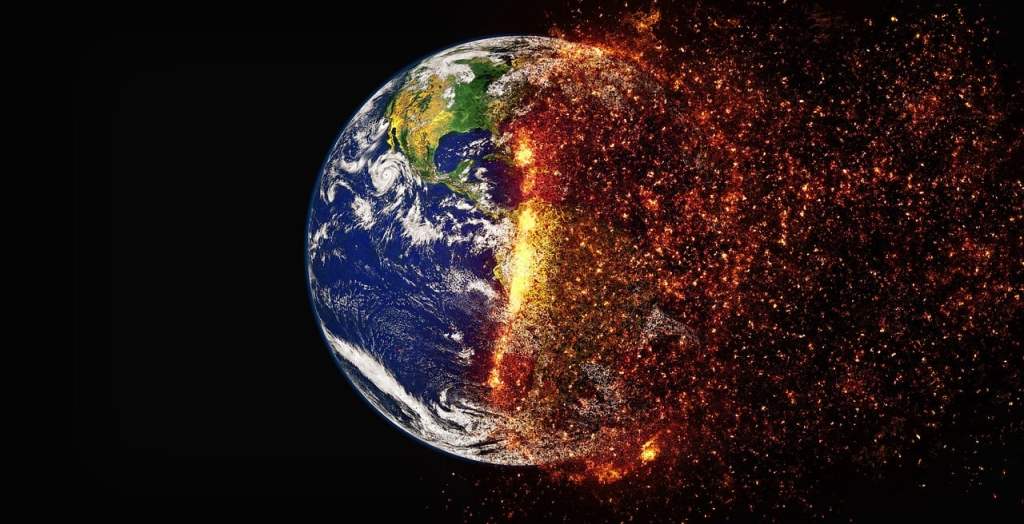
As Einstein so eruditely pointed out, we cannot solve a problem from the same level of consciousness that created it in the first place. It’s time to ‘upgrade our story’ and therefore our level of consciousness.
Our fundamental beliefs about who we are, how we got here and how to make the best of our lives underpin our individual and collective behaviour. A re-writing of the human story is long overdue…
Re-examining human origins to better navigate an uncertain future
It will become glaringly obvious that I’m not a fan of scientific materialism or reductionist thinking. I’m more of a Panpsychism kind of girl, erring towards matter from consciousness and the Holographic Universe theory.
I believe that clinging blindly to Darwin’s theory of evolution will not cut the mustard if we are to survive and thrive beyond this precarious, liminal time for our species.
Darwin is still gospel in mainstream scientific circles, and continues to be taught in school to my children’s generation. How would we view, I wonder, in this day and age, groups of people who still used a horse and cart to get from one place to another instead of using a car, train or bus? It would certainly expose them to derision. Yet this is what we are doing by doggedly clinging to Darwinism.
This series of posts is all about exploring new scientific data and establishing a more nuanced, honest and helpful story of our origins and capabilities that will better serve our collective future.
It’s not about debunking Darwin’s theory as more updating and modifying the knowledge that we have. Darwin did the best he could with the technology and observational skills at his disposal during his era. He was a brilliant man. Darwinian Theory should be regarded as a stepping stone rather than a religious doctrine. After all, Darwin had no knowledge of DNA…
Sacrilege I hear you say!

I didn’t set out to be deliberately iconoclastic, merely to search for the truth. Free-thinking is an underrated skill that is not well represented in the current educational curriculum. We tend to indoctrinate rather than empower creativity and curiosity.
Much of the reading I’ve done around evolution has challenged my own previously indoctrinated world view. But on reflection, what I’ve read makes total sense. I’m open to a new narrative on evolution.
Why shouldn’t we question and explore an unproven theory that has in mainstream quarters been falsely accepted as unequivocal truth?
Darwin himself doubted that his theory might not be enough to explain the complexity of life.
Darwin’s acolytes cherry picked the parts of his theory that they wanted to believe, and speculation was taught as fact. Various institutions and the people that supported them held his work as sacrosanct, and attempted to make Darwin’s work into something he himself never intended it to be. They employed his theory for purposes he never foresaw or intended.
“If it could be demonstrated that any complex organ existed which could not possibly have been formed by numerous successive slight modifications” – the hallmark of evolution – “my theory would absolutely break down.”
Charles Darwin ~ Origin of Species 1859
Darwin himself in his twilight years moved away from academic Darwinism. He began to focus instead on the evolution of love, altruism and the genetic roots of human kindness over survival and struggle. He also gave credit to Jean Baptise Lamarck and his concept of the environment as the driving force in evolution.
Alfred Russell Wallace deserves more credit than history bestowed on him – as Darwin became the poster boy for Natural Selection and the theory of evolution. In his book, Contributions to the Theory of Natural Selection, published in 1870, Wallace makes the following observation: “Natural Selection would only have endowed savage man with a brain a little superior to that of an ape, whereas he actually possesses one very little inferior to that of the philosopher.”
In other words, our species is over-endowed!
Among Darwin’s detractors it wasn’t just the church who opposed Darwin’s Theory of Evolution, scientists who were Darwin’s peers and in the century and a half preceding have also disagreed with his findings.
Their voices also deserve to be heard:
“Darwin’s theory is not inductive-not based on a series of acknowledged facts pointing to a general conclusion.” ~
Adam Sedgwick (1785 – 1873), Cambridge University – British Geologist and one of the founders of modern geology.“There are…absolutely no facts either in the records of geology, or in the history of the past, or in the experience of the present, that can be referred to as proving evolution, or the development of one species from another by selection of any kind whatever.”
Louis Agassiz (1807 – 1873) Harvard University – American Geologist“The theory suffers from grave defects, which are becoming more and more apparent as time advances. It can no longer square with practical scientific knowledge, nor does it suffice for our theoretical grasp of the facts… No one can demonstrate that the limits of a species have ever been passed. These are the rubicons which evolutionists cannot cross… Darwin ransacked other spheres of practical research work for ideas… But his whole resulting scheme remains, to this day, foreign to scientifically established zoology, since actual changes of species by such means are still unknown.”
Albert Fleischmann (1862 – 1942) University of Erlangen – German Zoologist“Evolution became in a sense a scientific religion; almost all scientists have accepted it and many are prepared to ‘bend’ their observations to fit with it.”
H.S. Lipson (1910 – 1991) University of Manchester Institute of Science and Technology – British PhycistLeonard Harrison Matthews (1901 – 1986) Cambridge University – British Zoologist“Evolution is the backbone of biology and biology is thus in the peculiar position of being a science founded on unproven theory. Is it then a science or a faith? Belief in the theory of evolution is thus exactly parallel to belief in special creation. Both are concepts which the believers know to be true, but neither, up to the present, has been capable of proof.” ~
“The chance that higher life forms might have emerged in this way is comparable with the chance that a tornado sweeping through a junkyard might assemble a Boeing 747 from materials therein. I am at a loss to understand biologists’ widespread compulsion to deny what seems to me to be obvious.”
Sir Fred Hoyle (1915 – 2001) Cambridge University – British Astronomer, formed the theory of Stellar Nucleosynthesis“Ultimately the Darwinian theory of evolution is no more or less than the great cosmogenic myth of the twentieth century. The truth is that despite the prestige of evolutionary theory and the tremendous intellectual effort towards reducing living systems to the confines of Darwinian thought, nature refuses to be imprisoned. In the final analysis we still know very little about how new forms of life arise. The ‘mystery of mysteries’ – the origin of new beings on earth – is still largely as enigmatic as when Darwin set sail on the Beagle.”
Michael Denton (1943-) British Biochemist, Senior Fellow, Center for Science and Culture“But how do you get from nothing to such an elaborate something if evolution must proceed through a long sequence of intermediate stages, each favoured by natural selection? You can’t fly with two percent of a wing or gain much protection from an iota’s similarity with a potentially concealing piece of vegetation. How, in other words, can natural selection explain the incipient stages of structures that can only be used (as we now observe them) in much more elaborated form?”
Stephen Jay Gould (1941 – 2002) Harvard University – American Paleontologist and Evolutionary Biologist“The point, however, is that the doctrine of evolution has swept the world, not on the strength of its scientific merits, but precisely in its capacity as a Gnostic myth. It affirms, in effect, that living beings create themselves, which is, in essence, a metaphysical claim… Thus, in the final analysis, evolutionism is in truth a metaphysical doctrine decked out in scientific garb.”
Wolfgang Smith (1930-) American Mathematician and Physicist“The statistical probability that organic structures and the most precisely harmonised reactions that typify living organisms would be generated by accident is zero.”
Ilya Prigogne (1917 – 2003) Belgian Physical Chemist and Nobel prize winner“All of us who study the origin of life find that the more we look into it, the more we feel that it is too complex to have evolved anywhere.”
Harold Urey (1831 – 1981) Nobel Prize-winning Chemist
Mathematicians have calculated that the probability for the existence of a common DNA molecule is one in a centillion, (or 1 with 600 zeros after it).
Mathematical challenges to Darwin’s Theory of Evolution from the Hoover Institute:
Dissent from Darwin is an online declaration signed by 1,371 esteemed scientists from around the world (as of July 2015), in essence saying that as far as they are concerned the mystery of our origins is not yet solved.
Maybe the reason debates and discussion around evolutionary theory can be highly contentious and controversial is because the theory has deep moral, social, and religious implications, as well as being presented as scientific fact even though conflicting issues have yet to be resolved.
Darwin’s theory of evolution appeared to fit what he saw happening for one life form in one specific part of the world (the finches of the Galapagos Islands), he tried to generalise the theory to apply to all life everywhere, including humankind.
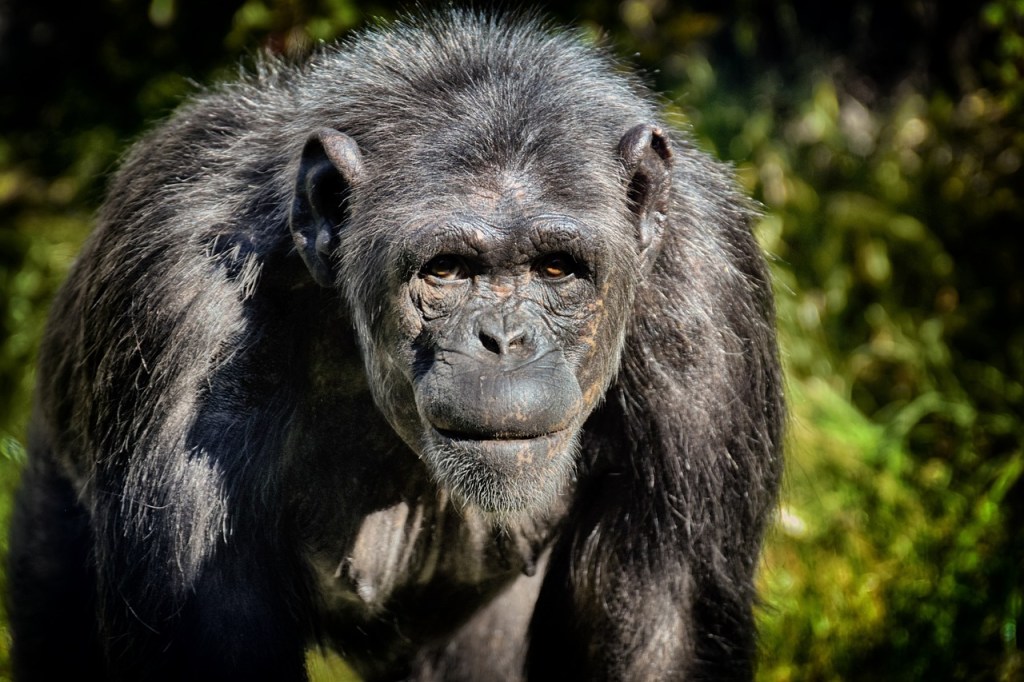
While the connections between ancient primates and modern humans on the evolutionary family tree are thought to exist, they have never been proven as fact – they are inferred and speculative connections up to this point in time.
No fossils that reflect an unbroken evolutionary journey from primates to more human-like beings have been discovered!
“Within the period of human history we do not know of a single instance of the transformation of one species into another.” ~ .
Thomas Morgan (winner of 1933 Nobel Prize in Physiology and Medicine & author of Evolution and Adaptation)
Morgan’s findings should serve as a warning of wholeheartedly embracing the theory of human evolution.
New scientific evidence is suggesting that certain physical features – including our eyes, our advanced nervous systems, and our brains – were already functional when anatomical modern humans (AMHs) arose around two hundred thousand years ago casts doubt on Darwin’s theory as it pertains to humankind.
The strange thing is that Darwin himself acknowledged the irony in the lack of physical evidence to support his theory. This could be explained in one of two ways: Either the geologists were interpreting the history of the earth incorrectly, or he himself had made an error in his interpreted observations that became the foundation of his theory.
Again, in Darwin’s own words from Origin of Species:
“Why does not every collection of fossil remains afford plain evidence of the gradation and mutation of the forms of life? We meet with no such evidence, and this is the most obvious and forcible of the many objections which may be urged against my theory.”
Charles Darwin
Mutation of the FOXP2 gene
Saturday, February 28th 1953 was an important day for modern science. James Watson and Francis Crick announced to their colleagues over lunch in a Cambridge pub, “We have discovered the secret of life.” They had just discovered the double helix pattern of the DNA molecule – nature’s code for life.
Our DNA exists in every cell of our body, in structures that are called chromosomes. Humans have 23 pairs of chromosomes in our cells. Each chromosome is made of smaller, precise physical markers called genes. These are our physical blueprints.
The Human Genome Project revealed that we have around 23,000 genes, roughly the same number as a worm and a fruit fly. This finding floored scientists, who expected the number to be more like 100,000. Since then genetic mapping has revealed that we share 98 percent of our DNA with chimpanzees, 50 percent with a fruit fly, 80 percent with a cow, and 90 percent with a common house cat. It begged the question, if we have so much in common genetically with other creatures, then why are we so different from them?
The answer being that a single gene can be activated in different ways, and to different degrees, to do different things. In other words, it’s how our genes are activated, or expressed.
In 2009 a study was published in the journal Nature regarding the mutation of the FOXP2 gene, which is linked to our ability to form complex speech and language. The FOXP2 gene is found in both humans and chimpanzees, yet there is something in the way the FOXP2 gene expresses in humans that enables us to communicate in sophisticated forms of language.
According to Wolfgang Enard of the Max Planck Institute for Evolutionary Anthropology the mutation of this gene “happened in the same time frame when modern humans evolved.”
The speed and precision of the mutations in FOXP2, occurring in just the right two places in the DNA code is an example of the kind of change that does not lend itself to the theory of evolution as we currently understand it. Science cannot tell us what caused the change.
How do we account for what appears to be more of a spontaneous evolution?
The mystery of Human Chromosome 2 (HC2)
When scientists compared our chromosomes to our nearest primate relatives they discovered that chimpanzees have 48 chromosomes, compared with the 46 found in humans, which seemed to suggest humans were missing two chromosomes.
Advanced DNA sequencing technology has highlighted what wasn’t obvious before: that our missing DNA isn’t missing at all. The ‘missing’ DNA has always been present, however it has been modified and arranged to show that the second largest chromosome in the human body (HC2), actually contains smaller ‘missing’ chromosomes found in the chimp genome.
At some point in the past, for reasons that remain unknown and controversial, two separate chimp chromosomes got combined into a single larger chromosome that is our human chromosome 2.
This discovery revealed a deeper mystery. According to this scientific article the fusion did not occur! This would suggest some form of intentionality in our evolution.
To me a directed mutation makes the most sense, which acknowledges that some force or intelligence contributed towards the precision, timing and refining of the mutations that make us who we are. It opens what scientists have dubbed a ‘Pandora’s Box of possibilities’. The box has been opened by science, and the contents cannot be stuffed back in…
The Directed Mutation idea takes us into the realm of fields and unseen forces and an unseen intelligence that scientific materialism has been unwilling to consider. This premise can be explored in the mysterious realm of Quantum Mechanics. I’ll be exploring that further in the next post. Another theory being considered is the Stoned Ape Hypothesis.
Irreducible complexity
The profound depth and complexity of life would not have been something that Darwin, Lamarck, or British naturalist Alfred Russell Wallace would have had had the ability to know, no scientist in the late 1800s nor early 1900s could have.
Irreducible complexity means that if any portion of a system stops working, the entire system fails. Could the human cell be the single most complex piece of machinery ever to exist?
There are a myriad of processes that are happening at any given moment in a cell, and when you consider the human body contains around 50 trillion cells, and this cellular structure works in harmony to enable us to go about our lives, it is all the more remarkable. The DNA of life is based upon order and structure and the sharing of information that tell our cells what to do and when to do it. In Nature this kind of order is viewed as a sign of intelligence.
A more in-depth article on irreducible complexity.
Darwinism has inculcated the ‘survival of the fittest’ attitude into society, which explains why it is currently so toxic. Our social, cultural and economic systems have been built on unhealthy and shaky foundations over the last 150 years. It has lead to scientific materialism, the belief that we are just machines, as are animals, and the world is a non-living entity, entirely at our disposal. It is devoid of a reverence for life.
The Darwinian story of our origins speaks to our lower selves: we are random accidents and have no purpose or meaning other than a biological collection of matter that can only survive if we dominate others. This is the message being taught to impressionable children, when their foundational beliefs are being formed.
We see this principle at work in politics, economics and conflict in individuals and groups determined to reach power and hold onto it at all costs. Power over others and for its own sake and to cause suffering. These destructive human traits are given credence by Darwinism and Neo-Darwinism.
Talk about expressing our ‘selfish genes’! We live in the dysfunctional paradigm of scientific materialism.
The philosopher Herbert Spenser developed social Darwinism, and is also credited with the term survival of the fittest. The tragic implications of his theory enabled the Holocaust – the improving of humanity, the purifying of the race by winnowing out perceived genetic weakness and inferiors. Taken to its fullest application Darwinian theory underpinned the state sanctioned science and violence of Nazi Germany.

Moving from scientific materialism and the age of self-indulgence to a more harmonious way of being can help us usher in the age of self-responsibility. British scientist Timothy Lenton has described how, despite the sun warming by 25 percent since life on earth began around 3.8 billion years ago, our planet has somehow managed to regulate its climate and buffer that huge disparity. Lenton further suggested that evolutionary traits that benefit the system as a whole tend to be reinforced, while those that harm or destabilise the environment in an unfavourable way are restrained.
It is thought that the population of Earth will peak at around 10.4 billion people in the 2080s (along with the resulting needs for land, water, food and resources), and will thereafter decline. What is not commonly known perhaps, is that birth rates and fertility have been falling steadily since 1962 as measured by the UN. The rate of decline is much more steep currently.
World Bank statistics show that global fertility rates have dropped 57% since 1960 to below the replacement rate of 2.1 children per woman to sustain the population. Twenty seven countries now have fewer people than they did in 2010. Fifty nations are expecting declines to continue through 2050. The main concern on the fertility front is related to sperm concentrations, which have dropped from an average of 99 million/ml in 1970 to 47 million/ml in 2011 and are now around 40 million/ml, where conception is considered a rare occurrence.
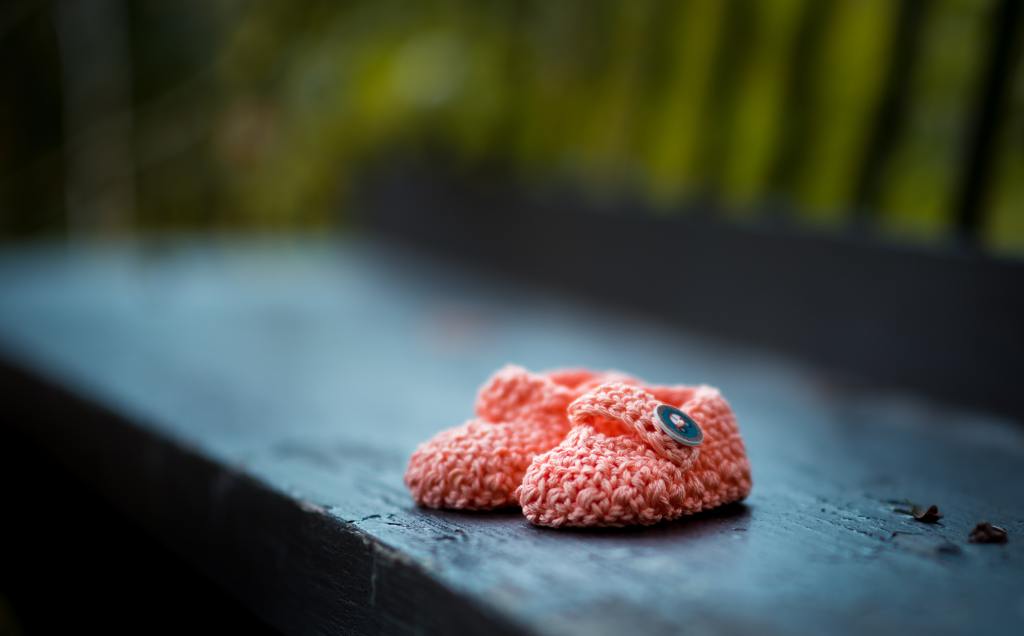
This is not surprising considering the levels of stress, sedentary lifestyles, toxins in foods and environmental pollutants (such as forever chemicals PFAS) that we are exposed to. These toxins accumulate in our organs. Classed as anti-androgens, they can lower testosterone and the quality of sperm and eggs.
If scientific materialism’s days aren’t numbered then ours certainly are. A path towards Holism and more holistic lifestyles would benefit society immeasurably. And it all starts with our basal paradigm, the story of who we are.
Until next time!
“If an organism acquires a mutation that causes it to behave in an anti-Gaian’ manner, its spread will be restricted in that it will be at an evolutionary disadvantage.”
Timothy Lenton

